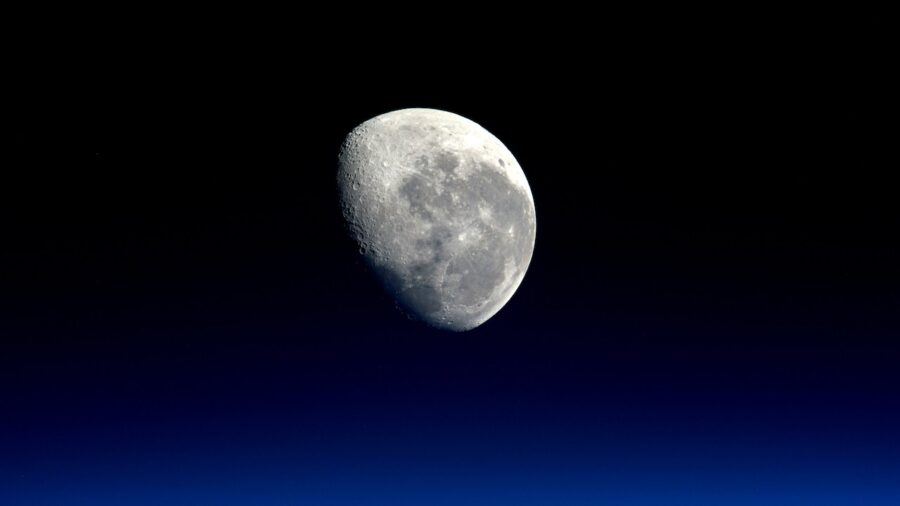Earth Has A New Mini Moon But Don’t Get Attached

Earth has a new mini-moon, but it’s not sticking around for long. An asteroid called 2024 PT5 is about to be captured by Earth’s gravity, making it our newest, if temporary mini moon. From September 29 to November 25, the asteroid will be pulled towards Earth, never making a full orbit, in what’s called a temporary captured flyby by astronomers.
Asteroid Is New Mini Moon

Carlos de la Fuente Marcos and Raúl de la Fuente Marcos began studying the asteroid on August 7, 2024, after it was discovered by the Asteroid Terrestrial-impact Last Alert System (ATLAS) in South Africa.
The researchers plotted the course of the Near Earth Object (NEO) using modeling based on its speed, trajectory, size, and effects of Earth’s gravity.
Their findings predict the asteroid will be temporarily captured by Earth’s gravity, making it a mini-moon, but it won’t complete a full orbit.
Just For Two Months?

The asteroid measures about 33 feet in diameter, likely originating in the Arjuna’s cluster of Near Earth Objects.
These asteroids have an orbit around the Sun and occasionally can move close enough to Earth to be temporarily pulled out of their trajectory by Earth’s gravity.
2023 PT5 has a low velocity and will divert from its course and spend about two months as a mini moon, making a horseshoe-shaped fly-by of Earth.
If you’re sad to see the mini moon go, don’t worry. Modeling shows that 2024 PT5 will make a return trip through Earth’s gravitational field in 2055. It will also swing by for a brief visit in 2025, but it won’t get pulled in by Earth’s gravity, so it won’t count as a mini-moon then.
Might Happen Again In 2055?

However, on its return voyage, it will make a loop around Earth as it’s pulled off course by our gravity, giving us another shot at having a mini moon in 2055.
The way that the mini moon will temporarily grace us with its presence is that as it travels at a relatively low velocity in its orbit around the Sun, it will come close enough to Earth to be affected by our gravity.
When that happens, its path will change, drifting closer to Earth and causing it to loop around our planet. The now temporary mini moon’s inertia will eventually pull it free from Earth’s gravity, allowing it to continue orbiting the Sun as an asteroid.
Not The First Time

This isn’t the first time that Earth has had a temporary mini moon. In 1981 and 2022, 2022 NX became entangled in Earth’s gravity and was a tiny temporary moon.
While temporary mini-moons are a galactically common occurrence, in terms of human experience, they are relatively rare. Because they’re difficult to spot, it’s also possible that until relatively recently, within the last century or so, these fly-by events could have occurred without people realizing it.
Won’t See It With Naked Eye

You won’t be able to see the mini moon with the naked eye, as it will be too dim, so, unfortunately, most people will have to be content just knowing it’s there. Even a backyard telescope won’t allow you to observe the tiny asteroid, but scientists will be able to track it using advanced telescopes.
You might be able to catch a glimpse of the mini moon if you have a nearby observatory that is open to the public.
Source: IOP Science










